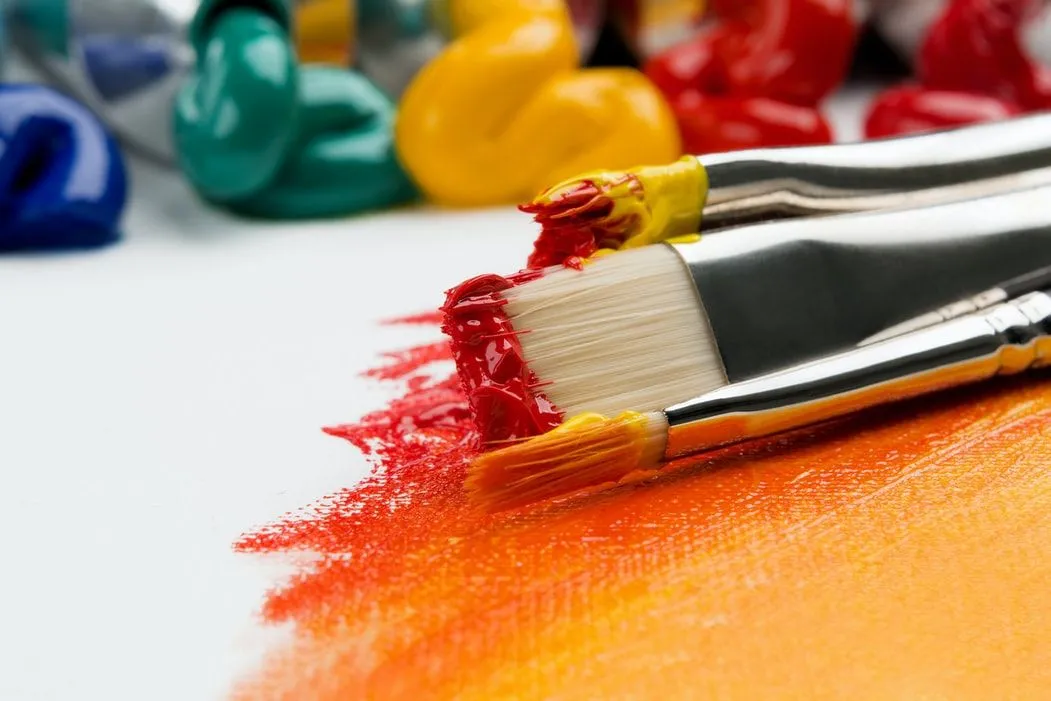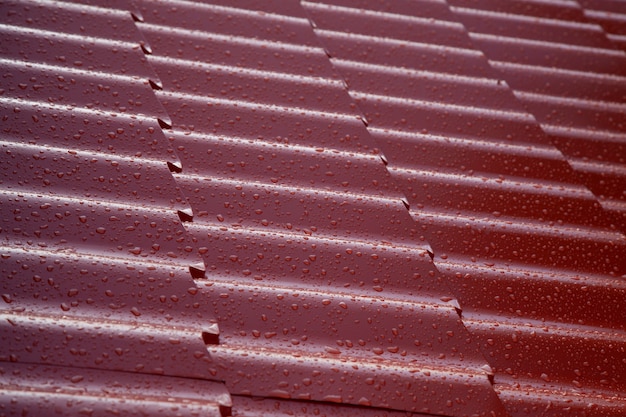

Spanish design, and by extension have added and changed the architecture While there are many influences that have had a hand in What are some Characteristics of Spanish Architecture? Influences – such as Territorial or Pueblo style – will be used to describe and Uniqueness of each building, and that’s the best phrase I’ve found in myįor the purposes of this article, I’ll be using SpanishĮclectic to refer to Spanish architecture as a whole, and specific styles and The term Spanish Eclectic as an all-encompassing term indicative of the The reason there are so many different styles is because theĬulmination of “Spanish” style has been influenced by many different sourcesĪs a result, there isn’t a simple answer to what all SpanishĪrchitecture and building styles are called. Probably come across a plethora of different terms: Monterey, Mission Style, If you’ve done any research into Spanish style homes, you’ve Other attributes define this romantic, warm home design? What is Spanish Architecture Called? But what else makes a house Spanish in style? What Region of the United States, are most easily identified by their red tile roofsĪnd clean stucco walls. Spanish style homes, prevalent throughout the southwest One common additive is a matting agent that gives the paint the flat (matt) finish that the majority of models require.A modern Spanish-style home in California. If a pot of paint is left for a period of time the solvent will often rise to the top, this is the watery liquid in the top of the pot when you open a brand new paint and this is why it is so important to always mix your paints before use Other Additivesīesides the three main categories of ingredients, model paint will have a wide variety of additives designed to alter properties of the overall mixture. The solvent in model paint will either be water, alcohol, or an organic solvent designed to replicate the properties of turpentine. Extra solvent can be added to a paint to "thin" it down and create an easier mixture for application. The drying process of paint is the the solvent evaporating and leaving the hard binder + pigment mixture behind to create a paint coat. The solvent is the third key ingredient in paint and acts as the dilutent and thinning agent, keeping the paint liquid until exposed to air. A popular binder used in model paints is acrylic which gives its name the family of paint. Binder acts like a glue to stick the pigment to the model in a tough and even layer and is made from a synthetic or natural resin.

BinderĪlthough powedered pigment can be applied to a model directly (some people do this for weathering effects), you really want your pigment to create a nice uniform coating.

Humans have been mixing pigments such as these to make paintings for thousands of years and the range of colours available to paint manufacturers today is fairly comprehensive. Some coloured pigments are naturally occuring and some are man-made but they all achieve the same purpose - to reflect coloured light back when exposed to white light. Pigments are ground up powders of a coloured solid material, often metallic compounds such as Titanium Dioxide (white), Iron Oxide (red) and Phthalo Blue. Perhaps the most important part of a paint is the pigment, this is what gives the paint its colour. Here are the four components that make up any paint, modelling or otherwise. Paint is any pigmented liquid, liquefiable, or mastic composition that, after application to a substrate in a thin layer, converts to a solid filmĮver wondered exactly what paint is made of - what distinguishes a gloss red acrylic paint from a matt blue enamel? Despite all the complex chemistry at work in mixed paints, the overall recipe for paint is surprisingly simple and uniform across the board. From plastic to phthalocyanine blue, find out what is actually in your paint Ma2 min read


 0 kommentar(er)
0 kommentar(er)
